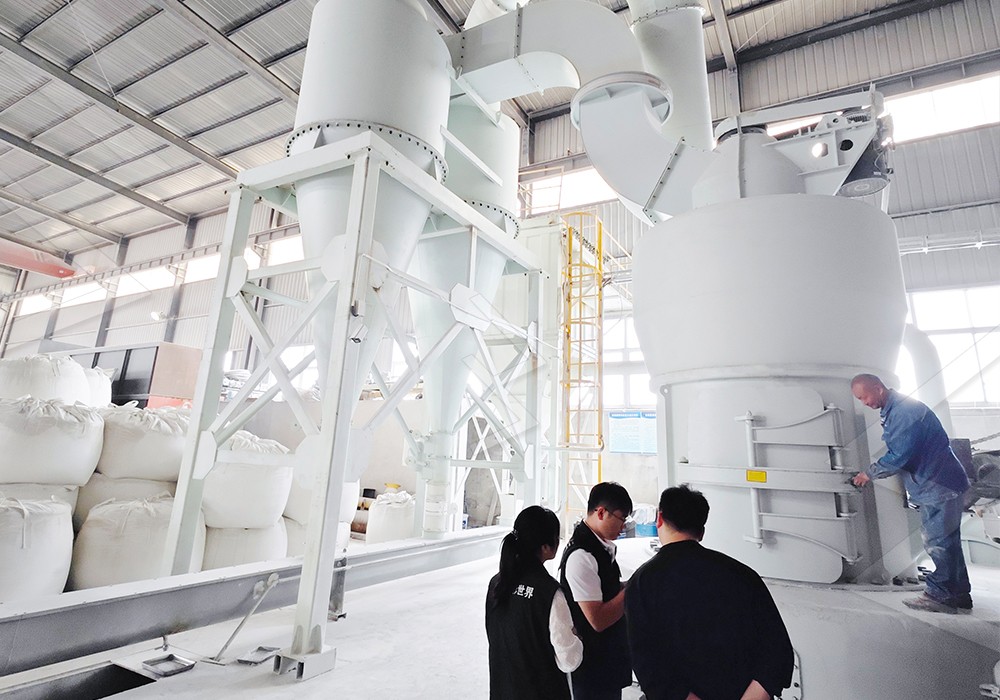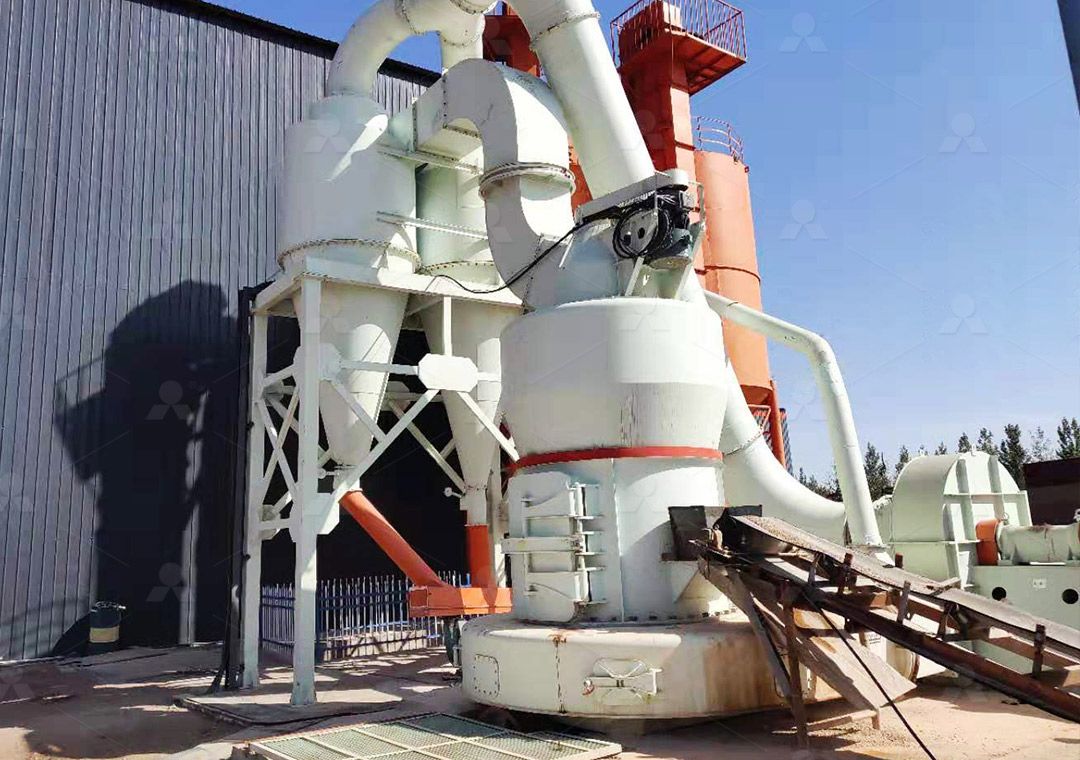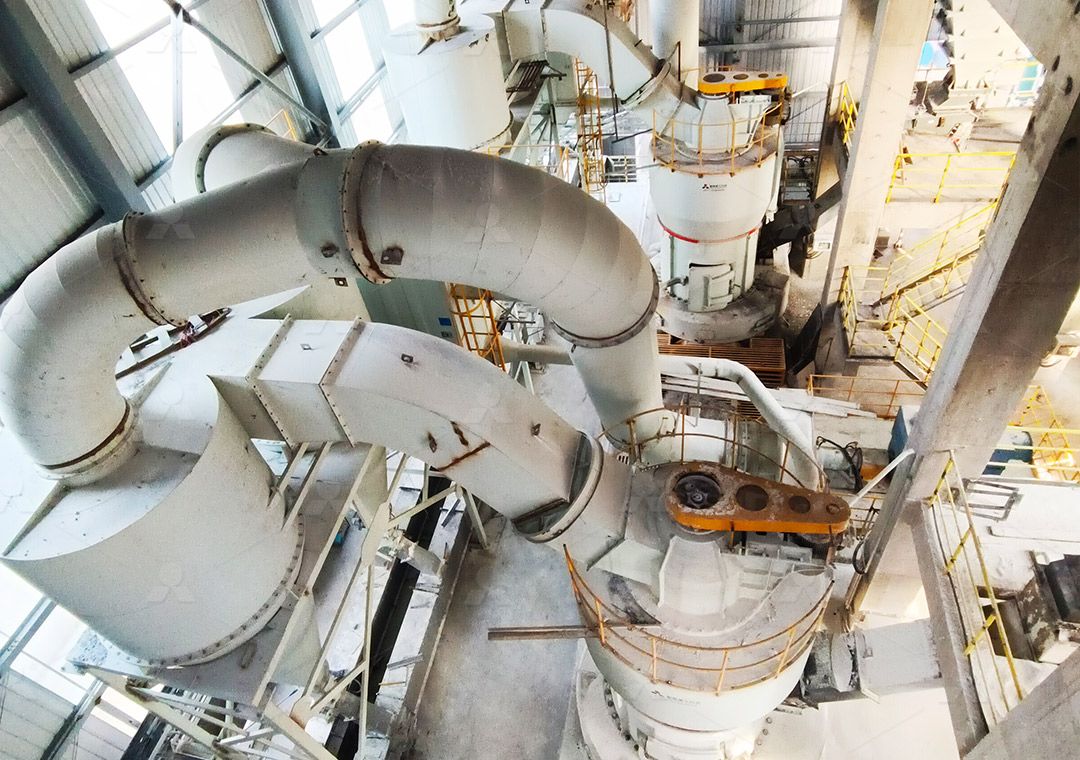Why Trapezium Grinding Mills Are Best-Selling in the Industry
Why Trapezium Grinding Mills Are Best-Selling in the Industry
In the competitive world of industrial grinding, one design consistently stands out for its remarkable balance of efficiency, reliability, and versatility: the trapezium grinding mill. For decades, this workhorse of mineral processing has maintained its position as an industry best-seller, and understanding why requires looking at both its fundamental design advantages and the technological innovations that keep it relevant.

The Anatomy of Success: Core Design Advantages
The trapezium mill’s enduring popularity begins with its fundamental geometry. The trapezoidal configuration of grinding components creates an optimal material flow path that maximizes grinding efficiency while minimizing energy consumption. Unlike traditional ball mills that rely primarily on impact forces, trapezium mills employ a combination of compression, shear, and attrition forces across multiple grinding zones.
This multi-force approach results in several distinct advantages. First, the gradual reduction process creates less heat generation compared to impact-based systems, preserving material properties in heat-sensitive applications. Second, the controlled material trajectory allows for precise particle size distribution control, crucial for applications requiring specific surface areas or particle morphology.
Evolution of a Classic: Modern Technological Enhancements
While the basic trapezium concept has proven timeless, continuous innovation has kept these mills at the forefront of grinding technology. Modern trapezium mills incorporate advanced features that address historical limitations while amplifying their inherent strengths.
One significant advancement lies in powder separation technology. Contemporary models utilize sophisticated cage-type separators with digital controls that allow operators to make real-time adjustments to product fineness. This capability is particularly valuable in industries like cosmetics or pharmaceuticals where batch-to-batch consistency is paramount.
Another area of improvement concerns operational stability. Advanced trapezium mills now incorporate elastic damping structures and electronic limiting technologies that protect against destructive vibration and mechanical shock. These features not only prevent catastrophic failures but also contribute to more consistent product quality by maintaining optimal grinding geometry under variable load conditions.

Meeting Modern Demands: Environmental and Economic Considerations
Today’s industrial equipment must satisfy increasingly stringent environmental regulations while delivering economic value. Modern trapezium mills excel in both areas through integrated dust collection systems, noise reduction engineering, and energy-efficient designs.
The enclosed grinding chamber design, when paired with efficient pulse-jet dust collectors, effectively contains particulate matter without compromising operational accessibility. Similarly, strategic use of sound-dampening materials and muffler systems address noise pollution concerns, making these mills suitable for facilities with strict workplace environment standards.
From an economic perspective, the trapezium mill’s modular design and accessible component layout reduce maintenance downtime and costs. Features like external lubrication systems enable routine maintenance without production stoppages, while standardized wear parts inventory requirements simplify supply chain management.
Application Versatility: One Mill, Multiple Solutions
The trapezium mill’s adaptability across diverse materials contributes significantly to its commercial success. From limestone and calcite in construction materials to talc and barite in cosmetics, these mills process an impressive range of substances with minimal configuration changes.
This versatility stems from the design’s inherent adjustability. Operators can fine-tune grinding pressure, rotational speed, and airflow to optimize performance for specific material characteristics. The ability to quickly reconfigure for different production requirements makes trapezium mills particularly valuable for operations handling multiple mineral products or frequently changing product specifications.
Spotlight on Excellence: The MTW Series European Trapezium Mills
Among the various trapezium mill implementations available today, our MTW Series European Trapezium Mills represent the culmination of decades of refinement. These mills incorporate proprietary technologies that address common industry pain points while delivering exceptional performance across key metrics.
The MTW-Z European Trapezium Mill, for instance, features an innovative dilute oil lubrication system that eliminates frequent maintenance interventions while providing superior protection to grinding components. The absence of traditional shovel blade cylinders creates larger ventilation areas, reducing air-conveying resistance and improving energy efficiency. With capacity ranging from 3-55 tph and handling input sizes up to 50mm, this mill delivers robust performance across numerous applications including feldspar, calcite, limestone, and various other non-metallic minerals.

Complementing the MTW-Z, our standard MTW European Trapezium Mill incorporates bevel gear overall drive and arc air channel technologies that further enhance operational smoothness and efficiency. The unique split-type shovel blade design increases working area while the specialized pneumatic sealing system prevents coarse powder spillage, ensuring consistent product quality.
The Future of Trapezium Grinding
As industrial requirements continue evolving toward greater efficiency, tighter environmental compliance, and enhanced digital integration, the trapezium mill platform is well-positioned to adapt. The inherent simplicity of its design provides a solid foundation for incorporating Industry 4.0 technologies like predictive maintenance algorithms, remote monitoring capabilities, and automated optimization systems.
The ongoing development of wear-resistant materials for grinding components promises to further extend service intervals, while advances in separator technology will enable even tighter particle size distributions. These continuous improvements ensure that the trapezium grinding mill will remain a best-selling solution for years to come.
Frequently Asked Questions
What makes trapezium mills more energy-efficient than traditional ball mills?
Trapezium mills utilize a multi-force grinding approach that applies energy more directly to particle size reduction rather than lifting heavy grinding media. This focused energy application, combined with advanced separator technology, typically results in 30-50% lower energy consumption compared to ball mills of equivalent capacity.
How do trapezium mills handle variations in material hardness?
Modern trapezium mills feature adjustable grinding pressure systems, often hydraulic, that allow operators to compensate for material hardness variations. This adjustability, combined with the mills’ multi-zone grinding action, enables consistent performance across materials with different grindability characteristics.
What maintenance advantages do trapezium mills offer?
The accessible design of trapezium mills simplifies routine maintenance and component replacement. Features like external lubrication systems, reversible grinding rollers, and split-structure vulnerable parts reduce downtime and maintenance costs. Many models also incorporate electronic and mechanical limiting technologies that prevent damage from operational anomalies.
Can trapezium mills achieve the fine particle sizes required for specialized applications?
Yes, advanced trapezium mills with modern cage-type powder separators can achieve product fineness between 325-2500 meshes, with some configurations capable of d97≤5μm. This makes them suitable for demanding applications in industries like cosmetics, pharmaceuticals, and advanced materials.
How do trapezium mills address environmental concerns?
Contemporary trapezium mills integrate multiple environmental protection features including efficient pulse-jet dust collectors that minimize particulate emissions, mufflers and noise elimination rooms that reduce acoustic impact, and fully enclosed systems that operate under negative pressure to prevent material escape.
